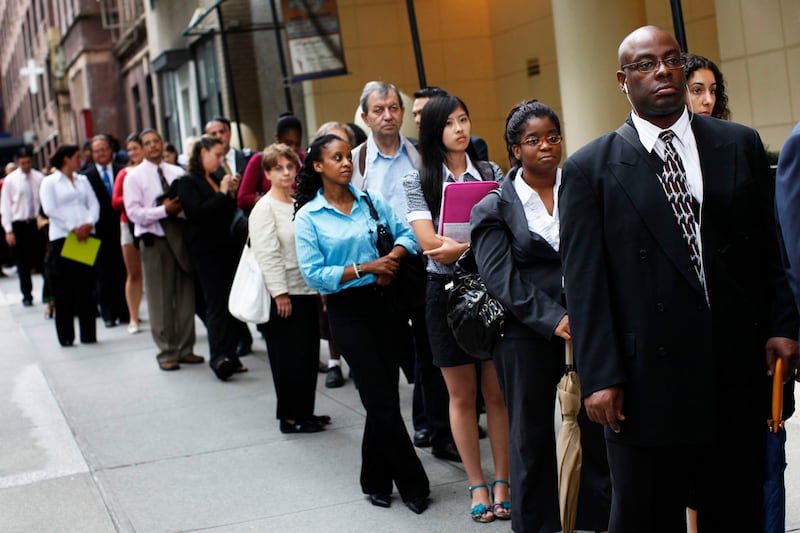It’s the question on everyone’s mind in Washington. Two years after the American Recovery and Reinvestment Act, steeped in economic malaise, and 14 months before a presidential election, are the jobs here yet?
Since the downturn hit its lowest point in 2009, the White House has spent each month touting slow progress in private-sector job growth. In July alone, 157,000 jobs were added to American companies. A month before that, 18,000 new employees went to work. It’s a slow drumbeat that’s certainly welcome as the nation’s fiscal pile of rubble reassembles, but that many economists consider too slow to keep up with population growth, as well as people entering the labor force.

Perhaps most interesting about the growth in private employment is where the jobs are being created—and where they aren’t—especially as Washington prepares to debate how to add more of them to the economy.
Examining data from the Bureau of Labor Statistics, the industries with the biggest increases are easy to identify. Manufacturing of durable goods like metals and car parts added 197,000 jobs since last summer. Commercial retailers added 157,000 new positions. And other sectors, including professional services like law and accounting (512,000 jobs), health-care providing (299,000 jobs), and hospitality (212,000 jobs) have all seen relatively healthy growth.
That’s good news for Washington. But it poses rhetorical problems for the White House, which staked considerable capital on the 2009 Recovery Act, the $987 billion stimulus package aimed at strategically jump-starting the nation’s hiring, and, in effect, demand for goods. The places where it devoted the most money—education, clean energy, and infrastructure—have remained sluggish.
Observing such a quandary, some economists forecast that the unemployment rate could stay above 8 percent until as long as 2014. Friday will bring new employment numbers from August, which economists say won’t look much better than ongoing trends of anemic growth.
But at the White House on Wednesday, Obama sought to get out ahead of another round of bad news. Speaking in the Rose Garden, he noted to reporters that transportation infrastructure has been particularly hard hit in the recession. Indeed, despite $48.1 billion from the Recovery Act for transportation infrastructure projects, the industry has ticked up only modestly. Over the summer, the height of the construction season, the air transportation sector alone added jobs (about 2,000). The rest of the industry—including moving things like trains, water, and energy—almost all lost employees.
With such data, House Republicans, led by Speaker John Boehner, have been eager to pronounce the stimulus a failure. But some fiscal analysts see the opposite: the reason for the sluggish growth was because the initial project wasn’t big enough.
“The first [stimulus] was half tax cuts which predictably didn’t have much effect,” says Robert Reich, a Berkeley economist and former Clinton-administration Secretary of Labor. “The next one will have to be targeted toward job creation more directly. The biggest and most obvious sector is infrastructure. We now have deferred maintenance in so many areas—road bridges, airports, ports—and substantial borrowing authority.”
That message has been heard at the White House. In an effort to bypass Congress, Obama earlier this week ordered all federal agencies to identify infrastructure projects and “take immediate steps to push these projects across the finish line.”
Administration officials also note that several new programs, including a housing bill to prevent foreclosures, could be in the cards. Revising agreements with America’s biggest trading partners, especially Canada, could help drive up American demand quickly. During Obama’s prime-time speech to Congress next week, he’s expected to lay out his full plan to rein in high jobless numbers in certain sectors.
Yet some economists note that it may not be productive to scrutinize individual industries, and that a macro approach on a large scale could better address the entire system. “It’s a little like looking into the weeds to look at sectors,” Larry Mishel, the president of Washington’s Economic Policy Institute, said Wednesday. “What’s really going on is an aggregate phenomenon. If we were able to get aggregate jobs back by 10 percent, we’d get jobs back everywhere.”






